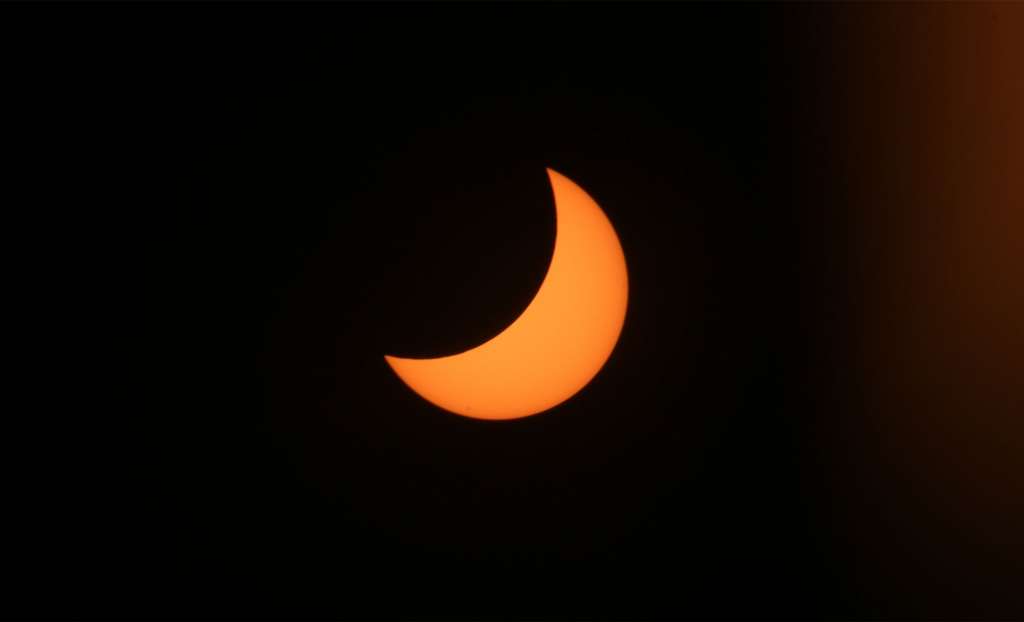A total eclipse of the heart is one thing, but a total eclipse of the sun is another, and while Australia won’t get to see one in August, NASA will help.
The world’s foremost authority on everything “space” will be doing all of us a bit of a favour with a special kind of time waster come August 22, with a broadcast of a total solar eclipse.
For the first time in almost a hundred years, a total solar eclipse will be seen across the stretch of the United States, and while it’s pretty clear people shouldn’t look up as it happens, those of us in another part of the world — say that of Australia — won’t even get that opportunity to begin with.
There’s nothing we can do about that, since the planet needs to be in a specific position for Australia to see it, aligned with the sun and the moon specifically for it, and we had an eclipse visible to most of Australia in November of 2012, though Time and Date doesn’t anticipate we’ll see another until at least 2023.
Even if you have seen a solar eclipse before, the problem of not looking at the majesty of the moon blocking the sun temporarily is a big deal, because most of us who have looked have used a cardboard solar eclipse viewer, also known as a pinhole projector.
Fortunately improvements in technology have ways of making that process better, and so with all of the equipment at its disposal, NASA will be stepping in with its own eclipse broadcast, a broadcast that should easily eclipse your cardboard projector (sorry, we had to use that pun).
According to NASA, that online broadcast of Eclipse 2017 will include images captured not just during the eclipse, but before and after too, shot from 11 spacecraft, NASA’s own aircraft, and the astronauts on board the International Space Station.
Over a period of two hours, NASA says 14 states stretching across the United States will experience two minutes of darkness in the middle of the day, looking up to see a dark sky as the moon blocks the sun. While the event appears short, a partial eclipse will be visible to the entire country and indeed the rest of the North American continent, making for some picturesque imagery that we have no doubt NASA will report on.
As such, NASA’s presentation will run over several hours, giving you something to tune into on August 22 in Australia and August 21 in the US (remember, Australia is a day ahead).
“Never before will a celestial event be viewed by so many and explored from so many vantage points – from space, from the air, and from the ground,” said Thomas Zurbuchen, Associate Administrator for NASA’s Science Mission Directorate in Washington.
“With our fellow agencies and a host of scientific organisations, NASA will continue to amplify one key message: take time to experience the Aug. 21 eclipse, but experience it safely,” he said.
Aside for the broadcast of some brilliant pictures of a rare astrophenomenon, NASA will be using the opportunity to study how total solar eclipses affect life on Earth, using the short time to understand what it does to weather, to animals, and even to the field of space around planets, an area known as “heliophysics”.
To tune in and find out what this all means and to see the pictures live, you will need to wait until August, but fear not, that won’t be long, and NASA’s broadcast will be a whole lot easier to view from Australia than flying over for the experience.








